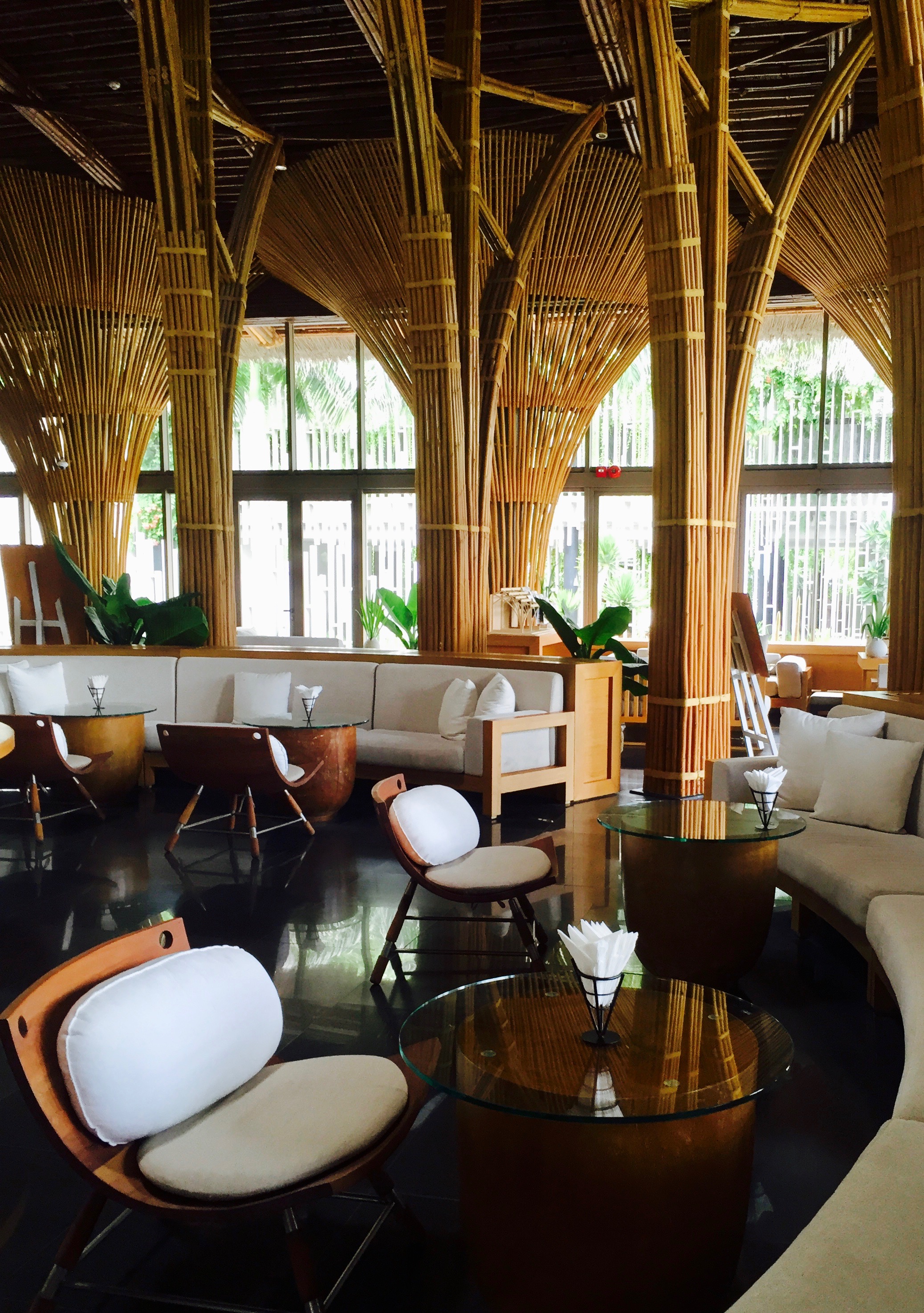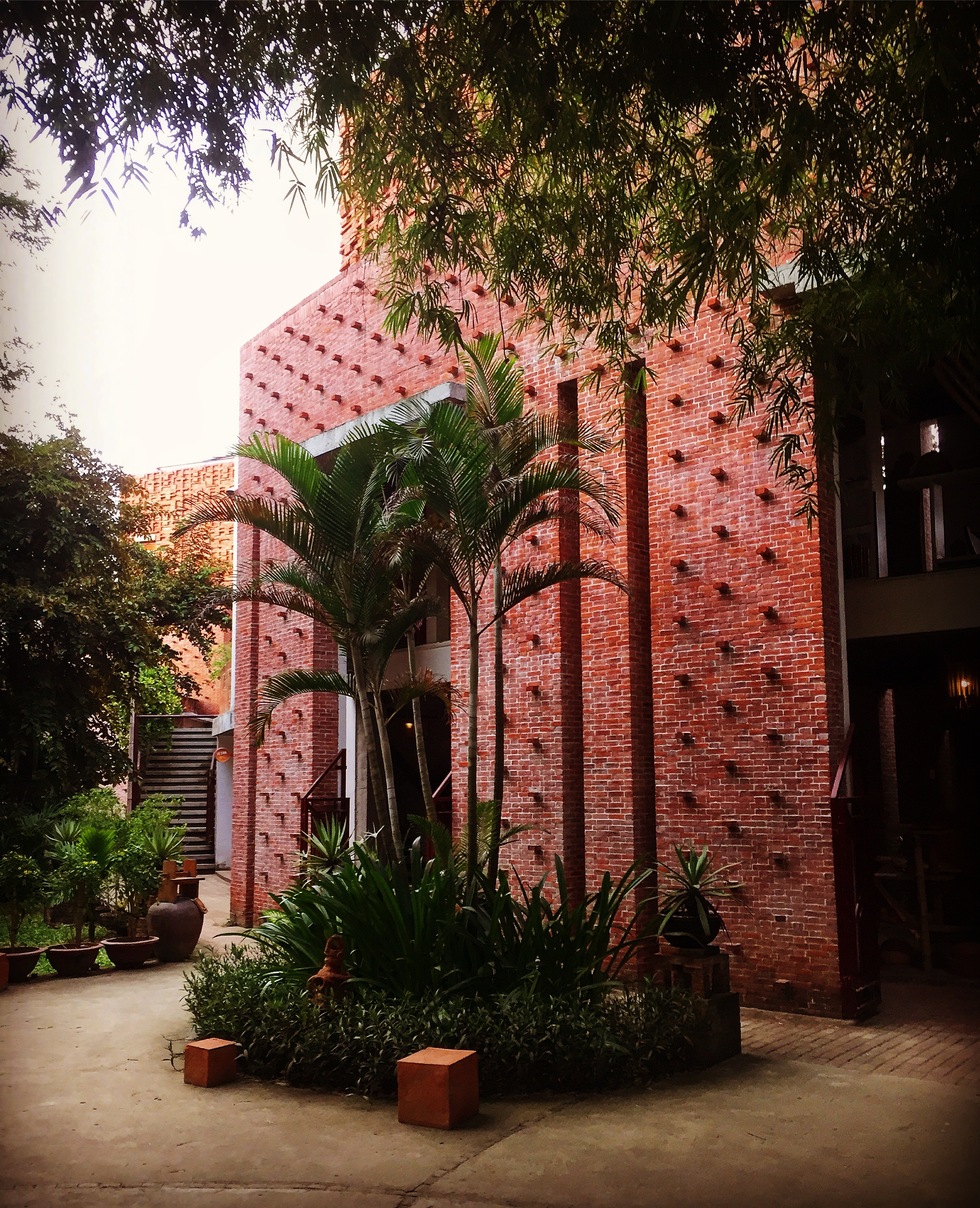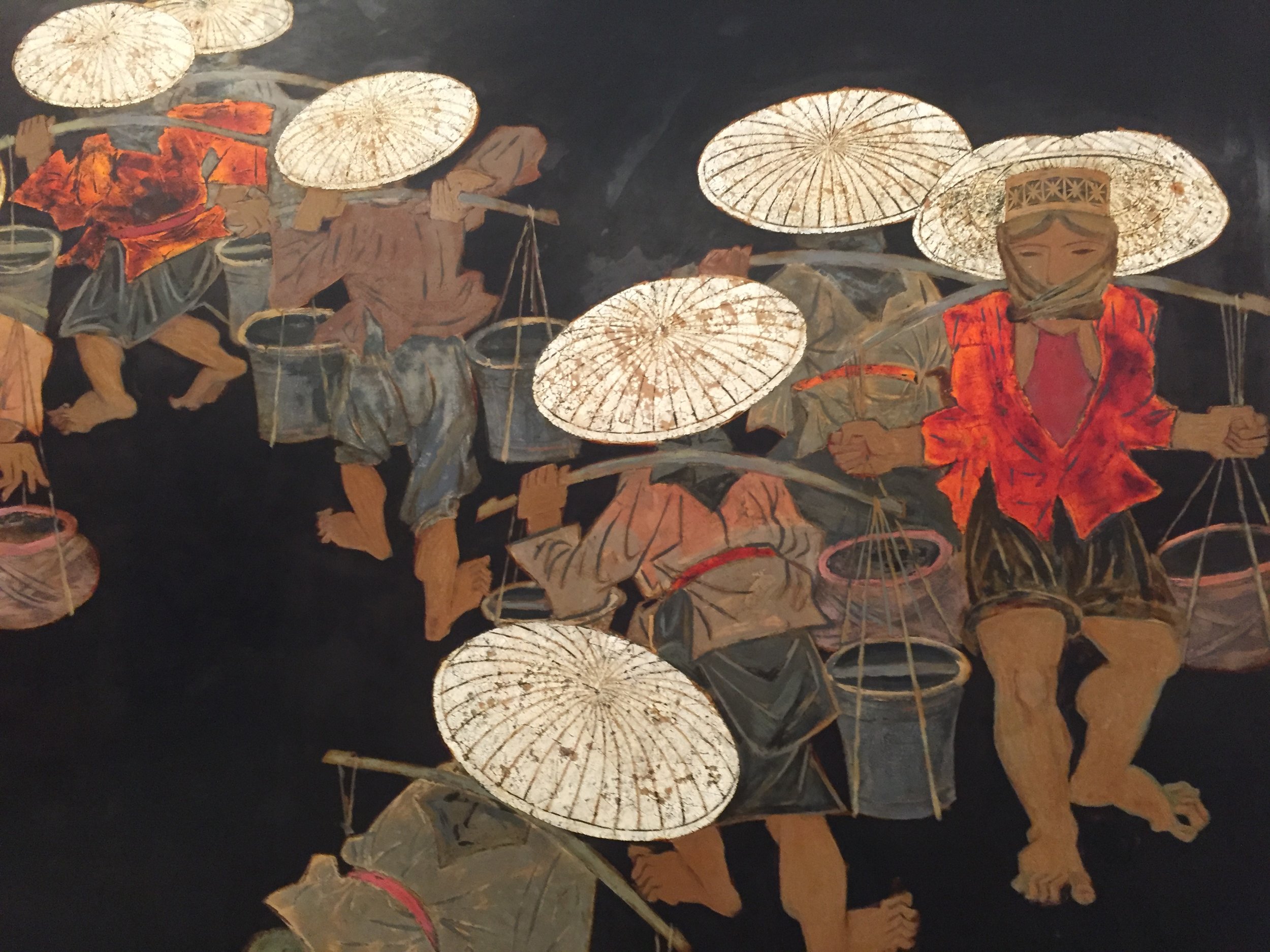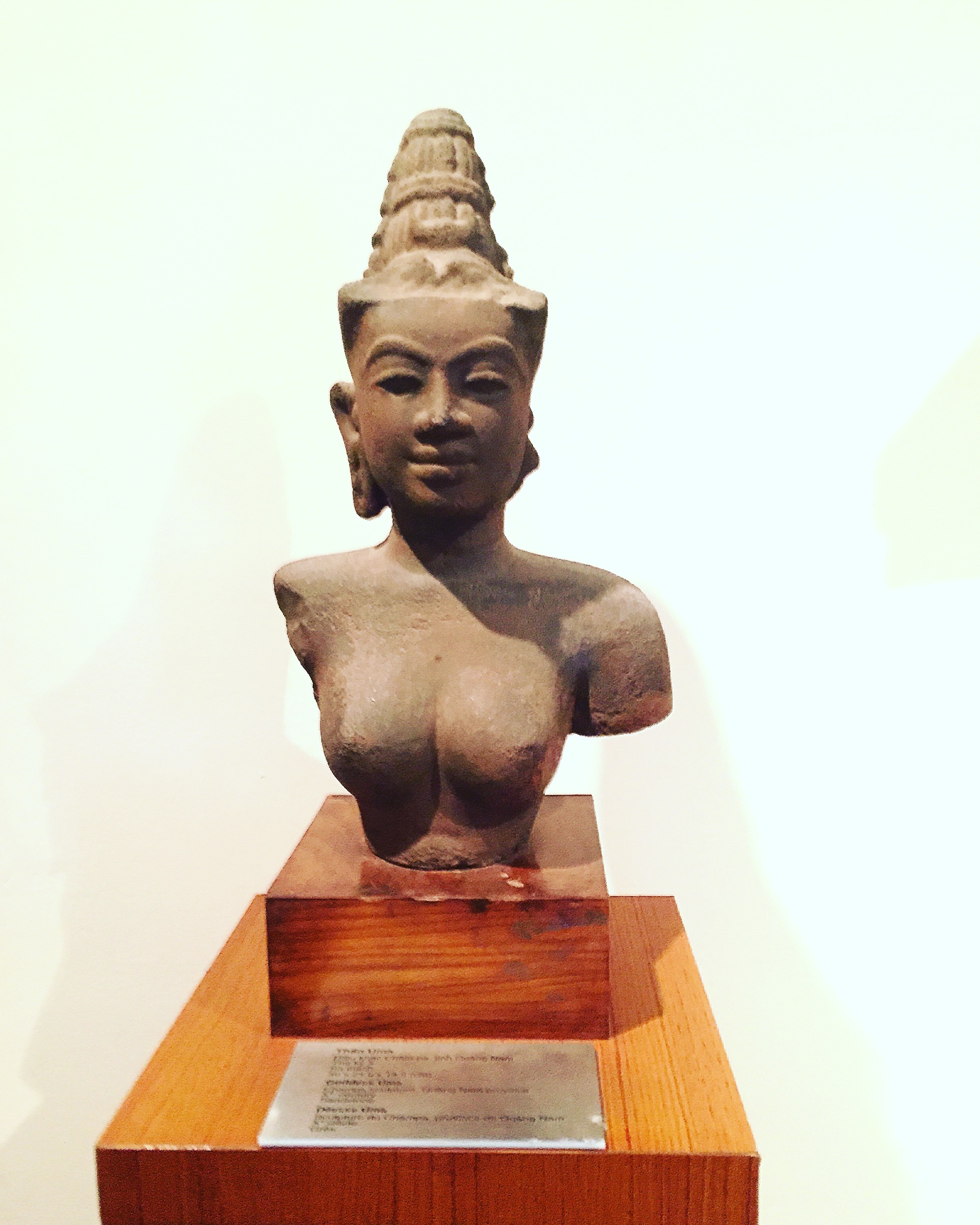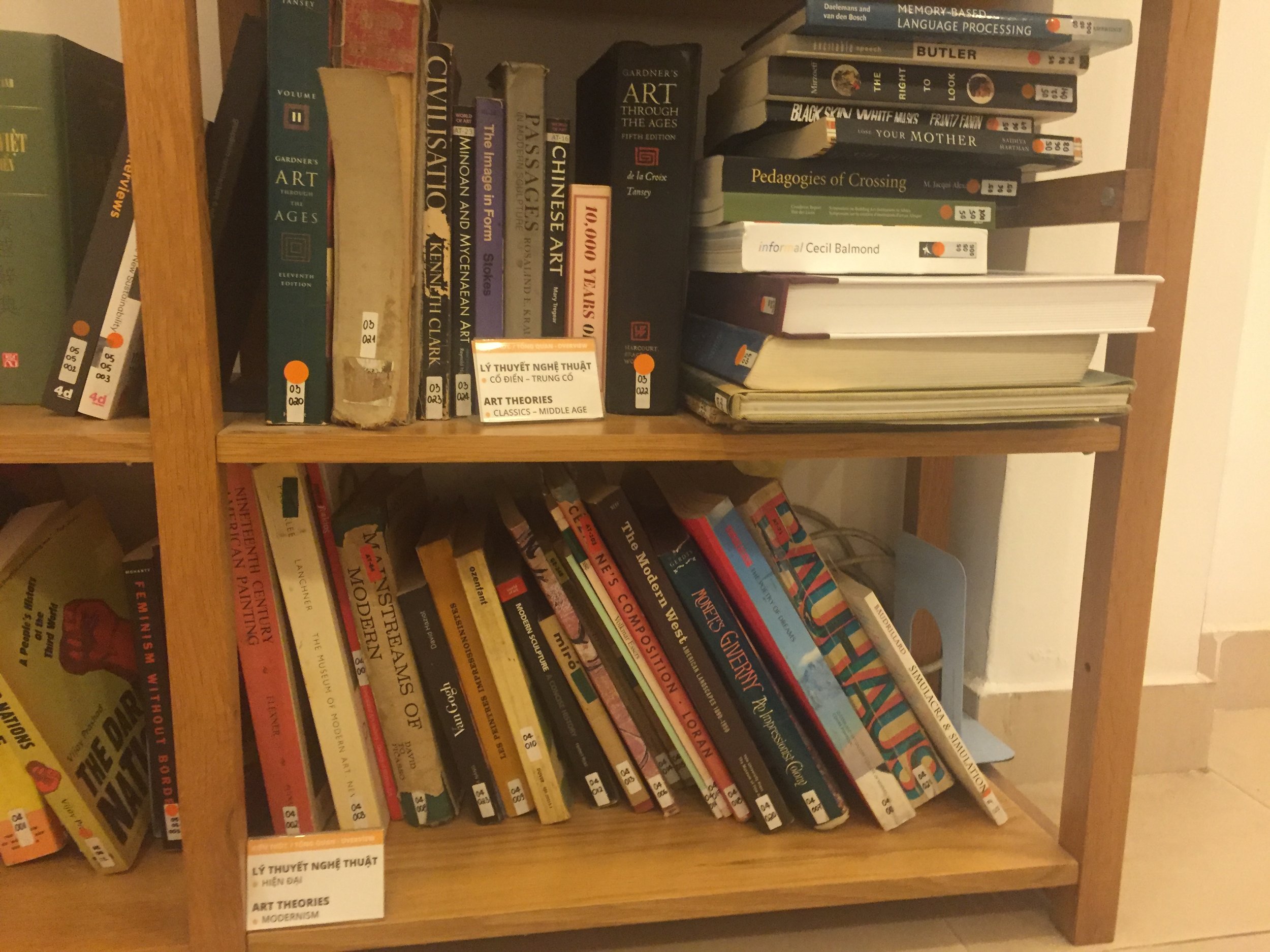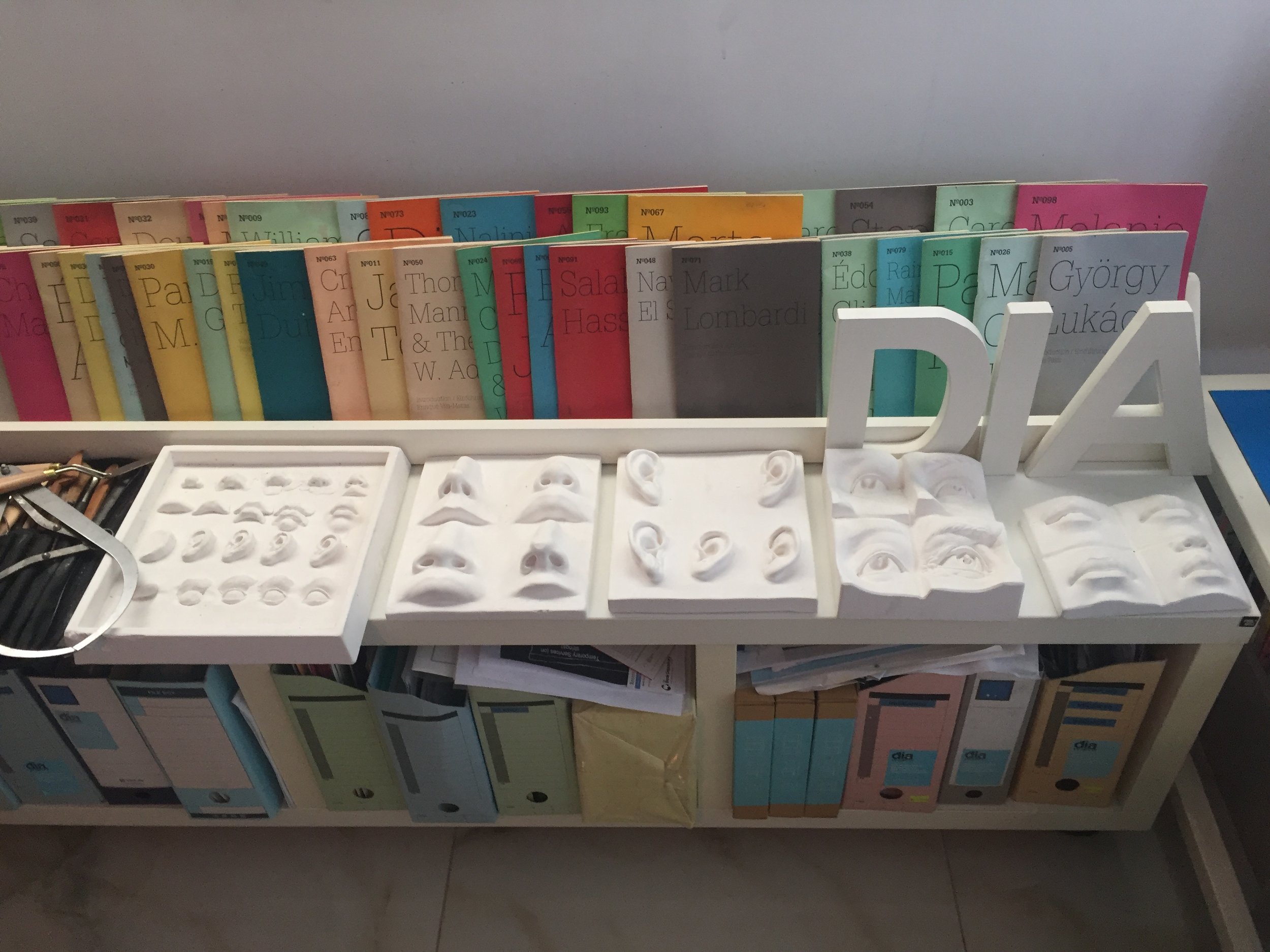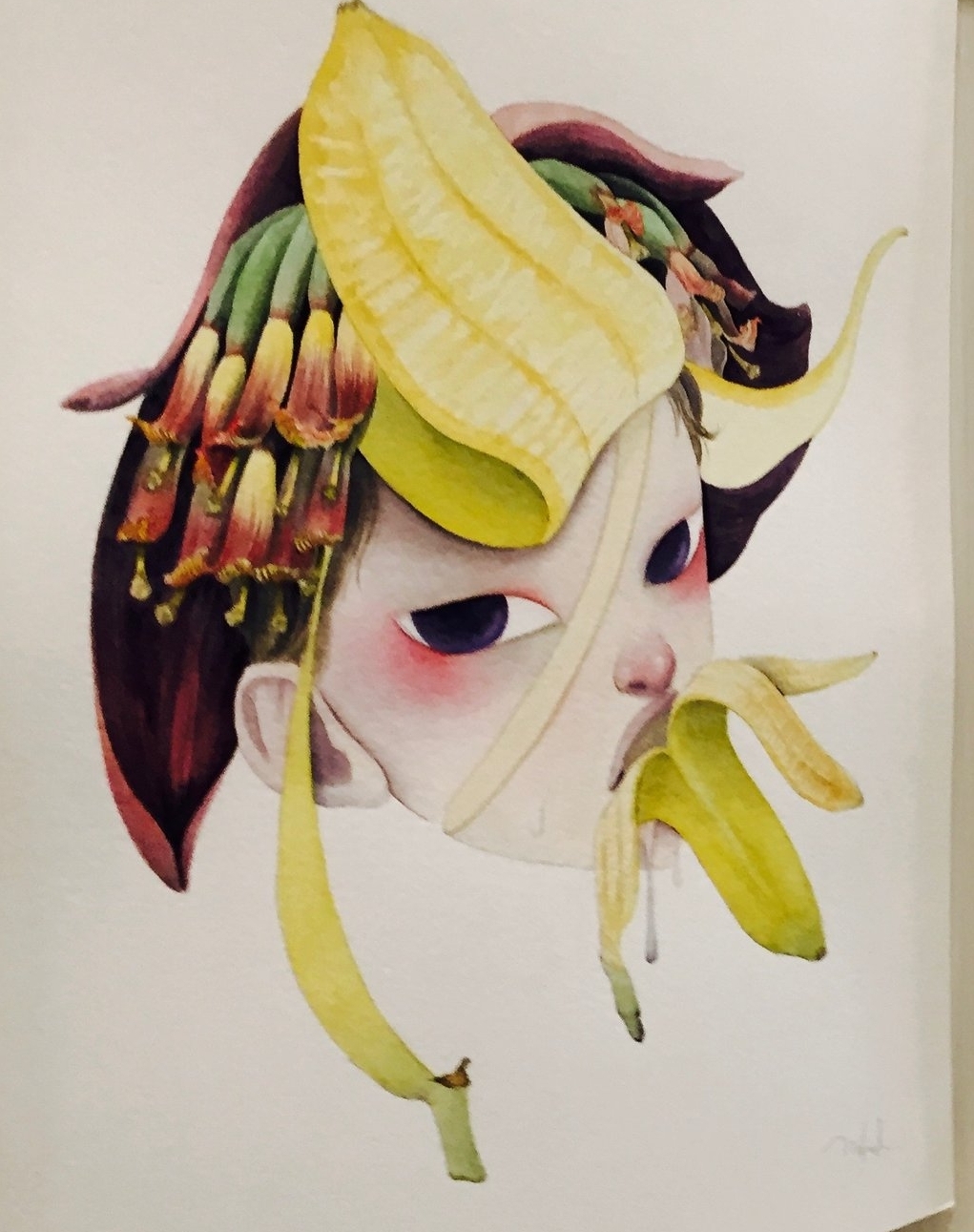Aesthetics of the Public: Cities in Vietnam
Whenever I visit a new city, in order to orientate and get a sense of it, I do a set of things. Two of these are: first getting around and sensing my environment and second going to museums and art galleries. Both of these give me, in various ways, an understanding of the energy of a place; connections between people and place, how public spaces are occupied and activated; aesthetics, textures, sounds, smells - the place's local distinctiveness; and its sense of its own history. I consider both what's there and the (loud) absences. In getting around I try and walk in a few different parts of the city, taking public transport where needed, to neighborhoods of interest. I look at: the people; the architecture, old and new: the buildings, shops, restaurants, coffee shops, places of ritual and religion, parks and any other public gathering spaces; look at formal public art, memorials and street art; the locally made design, the curios sold, informal street activity including how street food vendors and traders set up, what they sell and who is buying. Museums tell you a lot, they give you the official (and in rarer case the unofficial narratives of a place) and art galleries tell you much more - about hopes, fears, pains, desires, dreams, visions.
My visit to Vietnamese cities was no different, the various explorations told me much about this incredible country and people. Vietnam has had centuries of shifts and change, been part of and shaped by different empires, and has had to endure much since it was colonized by the French, and then brutalized by the US when it tried to claim its independence. The fact that it won and asserted itself says much about the people, their sense of self worth and tenancity. But this fight has come at a cost, and like many other countries who are regrouping themselves after colonialism, civil war and autocracy, somethings fall apart - corruption and mismanagement for example inevitably raise its head. At the same time other aspects bloom, as humans make new connections and meanings. After the war and until Doi Moi (Renovation) in 1986, which shifted the country into a socialist-orientated market economy , Vietnam was to a large extent cut off from the world, experiencing relationships only with a handful of countries, amongst them the Soviet Union and Korea. This change has inevitably re-shaped the country as it has welcomed the global community in.
Re-Designing Publics?
One of the inspiring things for me in larger Vietnamese cities, is the high level of contemporary design work that is apparent, at this point, in pockets. There are a growing number of design schools in the country and the level of design excellence is increasing - there are some inspiring architectural pieces - including a hotel which uses bamboo in impressive ways, and a stunning clay museum (both pictured); interesting facade design which cheaply and innovatively address old badly designed frontages; and a lot of gorgeous locally inspired interior design in cafes, restaurants, shops and the odd hotel. There is also good design products - homeware, accessories, clothing. As communist Vietnam embraces a more mixed economy, there is a growing consumerism emerging in the country, and while there is many challenging issues that this brings, it has also brought it some discerning local consumers who demand well design spaces to be in and beautiful objects, building on a long standing traditional love for aesthetics in everyday practices.
Hoi An maintains a strong sense of place, with well preserved heritage buildings complementing its natural environment.
But public space in Vietnamese cities can be chaotic. While there are still some impressive colonial pieces of architecture that meld Asian and French influences, a number of these Indochine pieces as well as some late modern pieces are at great risk of being destroyed. Hoi An has done an impressive job at maintaining its built form and to work with its natural strengths and this has made it a very successful tourist destination. Sadly this is not the case in other cities and clearly some sort of shift is needed for more protective heritage legislation, or much will be ls lost. Although its clear the design schools are sensitive to heritage conservation, and this is apparent in a number of private developments, public awareness of the value of this legacy is needed especially for general developers and for the government. Rampant commercialization is a key culprit here.
At the same time the state has been remiss in a few areas of public support to good city making and chief amongst these is the decent public transport systems in all its cities. The dismal lack of it has forced citizens to take to motor cycles, which clog streets with traffic, aid pollution, make pavements un-walkable and being a pedestrian exhausting. That said there are a number of well used parks in the cities, many with massive communist memorials (including the odd performative elements) - providing a great relief. All the street madness is lessened by the preponderance of incredible street food vendors as well as ubiquitous coffee shops with some of the best coffee in the world. Then there are museums and art galleries.
Museums and the role of Interpretation
The War Remnants Museum covers the American/Vietnam War, that awful, long period in Vietnamese history where the most bombs ever were dropped on innocent people preeviously, and many atrocities were performed. Its is one of the most well visited of the country's museums in Ho Chi Minh City (Saigon). Its also one of the best kept of all the museums around. The others - museums of art, of ancient histories - are sadly not in such a great state, tatty on the edges, not well contextualised, despite having some truly astounding collections. The story of the Vietnam that was (outside of the war) is sadly not fully told, nor is the story of what it wants to become. One needs to look to the presences and absences in visual arts for this.
To try and understand the history of Vietnamese aesthetics and art, I found Sophies Tour to be useful. It tells the story of contemporary visual arts framed in a well researched narrative. There are two versions of the tour - in Hanoi and Ho Chi Minh City.
The tour suggest there has been a strong aesthetic influence of France on Vietnam - in architecture, on food and adaptations to local attire, (such as with the elegant áo dài) but also in the development of its visual arts. In 1924, a Frenchman, Viktor and a Vietnamese, Nam Sung jointly opened the first art school bring together techniques and the influence of Europe into the country, merging it with the highly developed Vietnamese traditional craft practices. Later other schools opened and local patrons like Duc Minh (whose exceptional collection can be viewed on appointment) invested heavily into buying art and providing scholarships for less financially fortunate talents. In 1944 lacquer, which was used for furniture and decorative pieces previously. became a significant medium in visual arts with Vietnam leading the forefront of its use. A highly technical art form, it is a slow laborious process, but leads to highly seductive pieces, especially when embellished with gold and eggshell. A number of these fine pieces can be found in state galleries.
During the war, art was used in the furtherance of the struggle, as propaganda, as a method for sharing information and educating, and a way to keep up morale. Combat Art was a way to show people were in control and to help build solidarity. A great deal of the collection in the Vietnam National Museum of Fine Art in Hanoi focusses on examples of such art as well. It is not surprising that this period is so prevalent when it had so much impact on Vietnamese society - every family has some story related to the war, of lives lost or irrevocably and violently changed.
Contemporary Art IN VIETNAM Today
After Doi Moi a more modern story emerges, and independent arts spaces started supporting the exceptional Vietnamese contemporary art that emerged. Many of the countries most innovative artists returned back to the country from family exile post Doi Moi, bringing back experiences, skills and networks from elsewhere and have honed their skills in the country. Out of this the Gang of Five and other movements emerged, all of which have influenced and led to the nurturance of younger home grown artists. Through the late 80s and 90s there have been various manifestations of a dynamic new visual practise as a homegrown style developed. Then in 2006 there was an ill fated Saigon Biennale which was closed down, failing as a result of a mixture of poor arts management and government intervention. However like all projects of its kind, even in its non delivery, there were positive implications in that it led to a further explosion of art and galleries. In the last few years there have been a number of independent spaces functioning in Saigon including amongst others Dia Projects, Vinh Gallery, Quynh Gallery and the Factory. Similarly there are a number of edgy spaces in Hanoi. International agencies have also been influential and the Goethe Institute and French Institute continue to support and to exhibit artists. Each have carved a specific role and added to the ecosystem of visual arts in the country, plugging holes in the weak infrastructure. However there is a growing number of creative hubs as research by the British Council has shown.
But being an arts space or an artist in Vietnam is harder than in most places. There is a high level of state censorship and control over expression. Licenses are needed to host events and often they are not given. The Cultural Police (or 83 Division) target and harass galleries whose work they have problems with or do not understand, and some spaces have been heavily fined. But still artists continue, working strategically producing work that can slip beneath the radar. Arts spaces too have had to adapt. San Arts is one of these. It is one of the longer running non profits in the country and has had to shift from exhibitions to focusing on residencies as well as providing an important library resource on art from the region and on art history. This is a critical resource in a country were censorship results in a shortage of certain kinds of books and resources. Other initiatives, notably Dia Projects and Zero Station have been important for research, publishing and for advocacy outside the country.
Conclusion
We shape our cities through our traumas and dreams. Public space is where we share these concerns with each other. These are the spaces of the everyday, but also our museums and galleries. In these spaces of culture we can image where we have been and where we want to go and turn them into action.
Vietnam’s emerging sense of self, though challenged by its states coercive strategies, is finding voice through its artists, in its independent arts space and through private design commissions.



